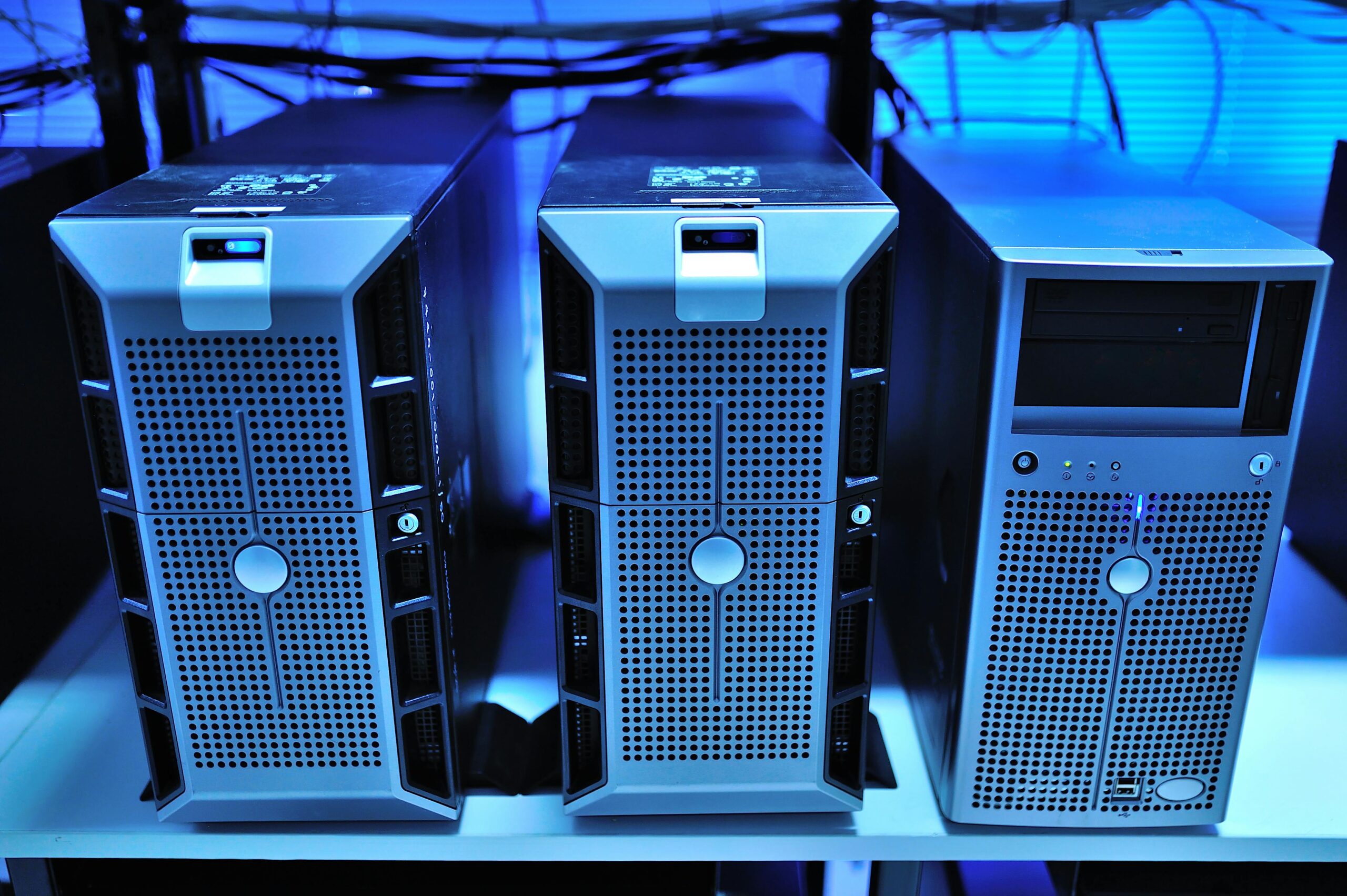
From Cornfield to Colossus: The Genesis of a Data Center
Just a year ago, the land near New Carlisle, Indiana, was a sprawling 1,200-acre cornfield. Today, it’s home to seven Amazon data centers, each larger than a football stadium, dramatically reshaping the flat Midwest landscape. Amazon’s plans extend far beyond the current footprint; the campus is slated to expand to roughly 30 data centers in the coming years. These facilities are interconnected by a vast network of fiber optic cables, packed with hundreds of thousands of specialized processors. This isn’s a typical cloud facility; it’s a purpose-built machine meticulously engineered to function as a single, gigantic computer, solely dedicated to the most demanding artificial intelligence workloads.
Project Rainier: The Friendly Giant of AI Compute
Project Rainier is Amazon’s direct response to what’s become known as the AI arms race. Named after the iconic mountain near Seattle, it is a mega “UltraCluster” built on AWS’s custom Trainium2 chips. This project represents a leap forward in data center design and AI processing capabilities. Let’s delve into the technical specifications that define this behemoth.
The UltraServer Architecture
The cornerstone of Project Rainier is the UltraServer. Each UltraServer combines four physical servers, an impressive feat of engineering in itself. Each of these servers is packed with 16 Trainium2 chips, a concentration of processing power rarely seen. These chips are linked by high-speed “NeuronLinks”—specialized connections acting like express lanes for data. This architecture dramatically reduces latency and accelerates AI training, vital for complex model development.
Networking for Performance: NeuronLinks and Elastic Fabric Adapter
Tens of thousands of these UltraServers are interconnected to form the vast UltraCluster. Communication within the cluster occurs at two distinct levels, carefully orchestrated for optimal performance. NeuronLinks facilitate communication within the UltraServers themselves, maximizing internal data transfer speeds. For communication between UltraServers and across data centers, Elastic Fabric Adapter (EFA) technology is employed—easily identified by the distinctive yellow cables. This two-tiered networking system provides both exceptional speed and remarkable scalability, enabling the entire facility to operate as a unified AI supercomputer.
Power, Scale, and Reliability: Engineering a Global Powerhouse
The sheer scale of Project Rainier is astonishing. The Indiana campus alone will eventually consume a staggering 2.2 gigawatts of electricity—a quantity sufficient to power a million homes. Maintaining the massive array of chips requires substantial cooling, and the facility will utilize millions of gallons of water annually. Growth is phased, with each stage adding more megawatts and additional buildings. The initial seven data centers already boast a combined capacity of 455MW, with the next phase poised to more than double that figure.
A Vertically Integrated Approach
Amazon’s strategy is unique in its thoroughness. Rather than relying on external providers, AWS designs and builds its own hardware, controls every layer of the technology stack, and even designs the data centers themselves. This vertical integration accelerates innovation, allows for meticulous optimization, and facilitates rapid troubleshooting—all critical for ensuring the reliability and efficiency of such a massive and complex system. It demonstrates a commitment to total control over the AI infrastructure.
The Heart of AI Innovation: Partnership with Anthropic
Project Rainier is intrinsically linked to the ambitious goals of Anthropic, an AI startup dedicated to creating systems that mimic the nuanced processes of the human brain. Amazon’s significant investment and collaborative partnership with Anthropic are central to the project’s vision. Rainier will provide Anthropic with five times the compute power of their previous clusters, enabling them to pursue groundbreaking research and development in artificial intelligence.
The Power of the Trainium2 Chip
At the core of this computational power lies the Trainium2 chip. Designed specifically for the trillions of calculations required to train state-of-the-art AI models, each chip is a marvel of engineering. Features include eight NeuronCores, 96GB of ultra-fast HBM memory, and data transfer rates that are extraordinarily fast. The organization of hundreds of thousands of these chips into UltraServers delivers aggregate performance measured in hundreds of petaflops—essential for creating smarter, faster, and more capable AI systems.
The Global AI Race: Setting the Pace
Amazon’s Project Rainier isn’t happening in a vacuum. It’s part of a fierce global competition, with leading tech giants like Microsoft, Google, and Meta all racing to build hyperscale data centers for AI. This isn’t simply about keeping pace; it’s about setting the standard for the next generation of artificial intelligence. Amazon has committed to invest $100 billion in infrastructure this year alone, with the majority directed toward AWS and its burgeoning AI aspirations.
Beyond Project Rainier: The Landscape of AI Infrastructure
When fully operational, Project Rainier will represent the world’s largest AI compute cluster—potentially eclipsing even Microsoft and OpenAI’s much-hyped Stargate project. This positioning allows Amazon to not only remain competitive but also drive innovation and influence the direction of the entire industry.
The Takeaway: A Glimpse into the Future
Amazon’s supersized Indiana data center campus, powered by Project Rainier, represents the future of AI infrastructure: immense, vertically integrated, and purpose-built for the demands of tomorrow’s artificial intelligence. The combination of hundreds of thousands of custom chips, cutting-edge networking, and a power supply sufficient to light up a city demonstrates a bold bet that the future of technology will be profoundly shaped by those who can build—and control—the biggest, smartest machines on Earth. This project isn’t just about processing power; it’s about shaping the future of AI and influencing the technological landscape for years to come.



Leave a Reply
You must be logged in to post a comment.